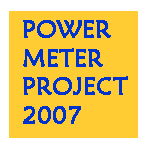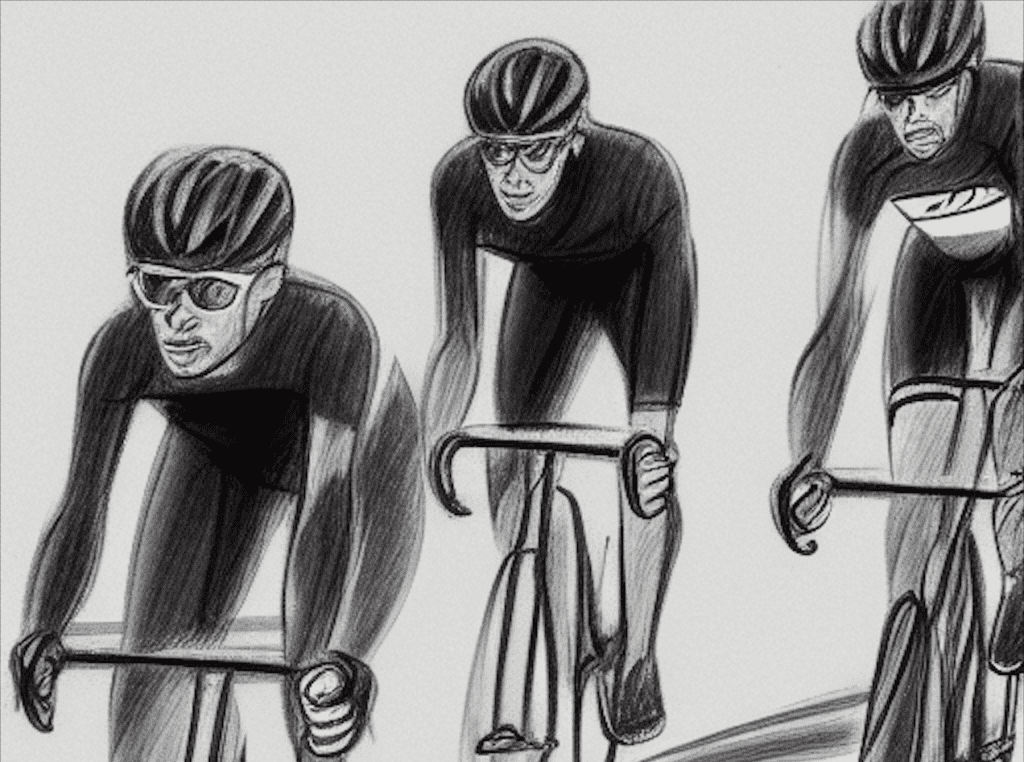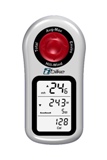Power Meter Project 2007 – Paul Skiba
The first rider I will introduce you to is Paul Skiba, who raced as a professional in the early 90’s. His current training amount pr week is 12-15hrs, less in recovery weeks.
Name: Paul Skiba
Age: 46
Power meter: SRM Dura Ace
How would you describe yourself as a cyclist?
I’ve been a cyclist and a fan of cycling for the last 23 years. I took up cycling in the mid-80’s when I found myself stationed in Naples, Italy where I worked for NATO. I rode primarily on the road during this time. In the late 80’s and early 90’s I took up mountain bike racing. I lived in Boulder, CO and raced for a team that was headquartered in Chico, CA. I rode as an expert on the Grundig World Cup for 2 seasons. After a near fatal accident I returned to the road as a recreational rider. During the last few years I have returned to the road race scene as a master racer.
My strength as a cyclist is my ability to hang with the fastest racers in the pack. My weakness is my inability to separate myself from the fastest racers. My endurance is good. My climbing is good. My sprint is good. None of the above are great.
Power Meter Project 2007 – Paul Skiba Read More »



